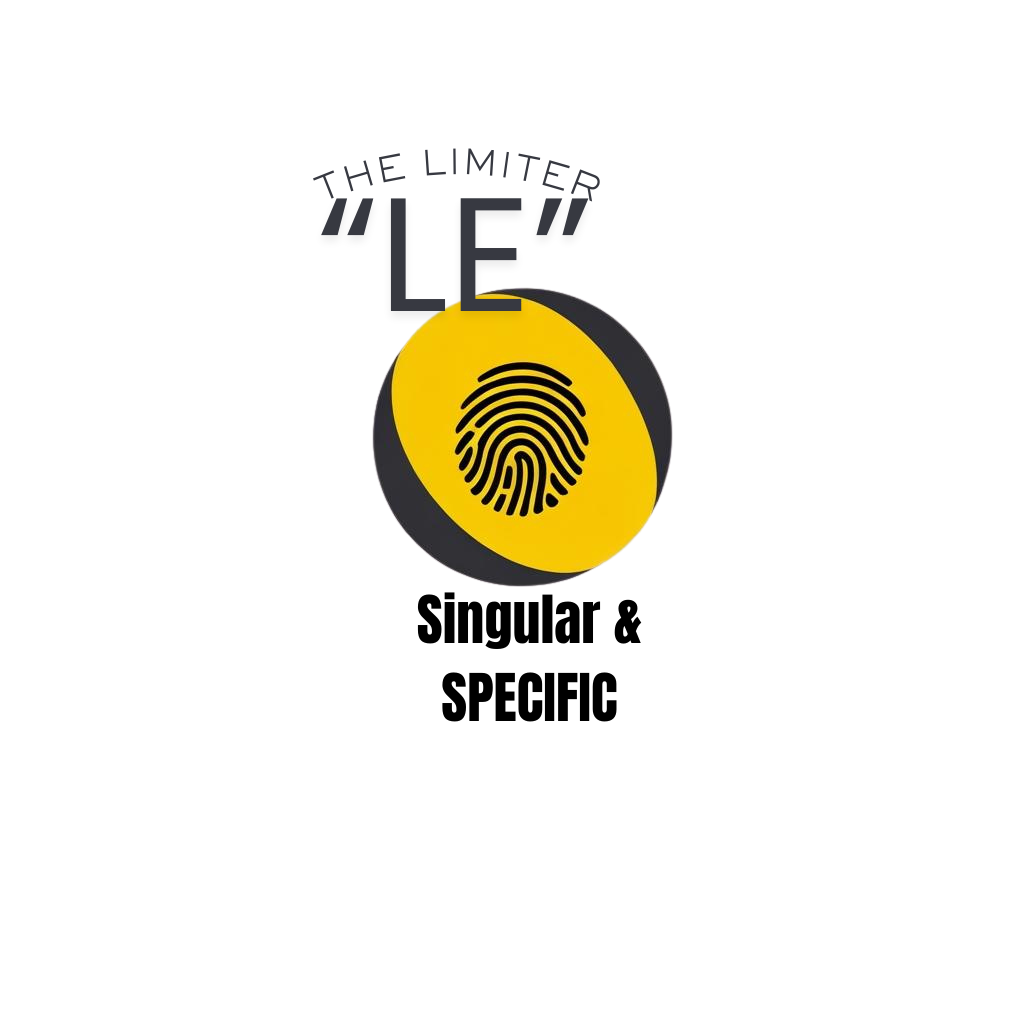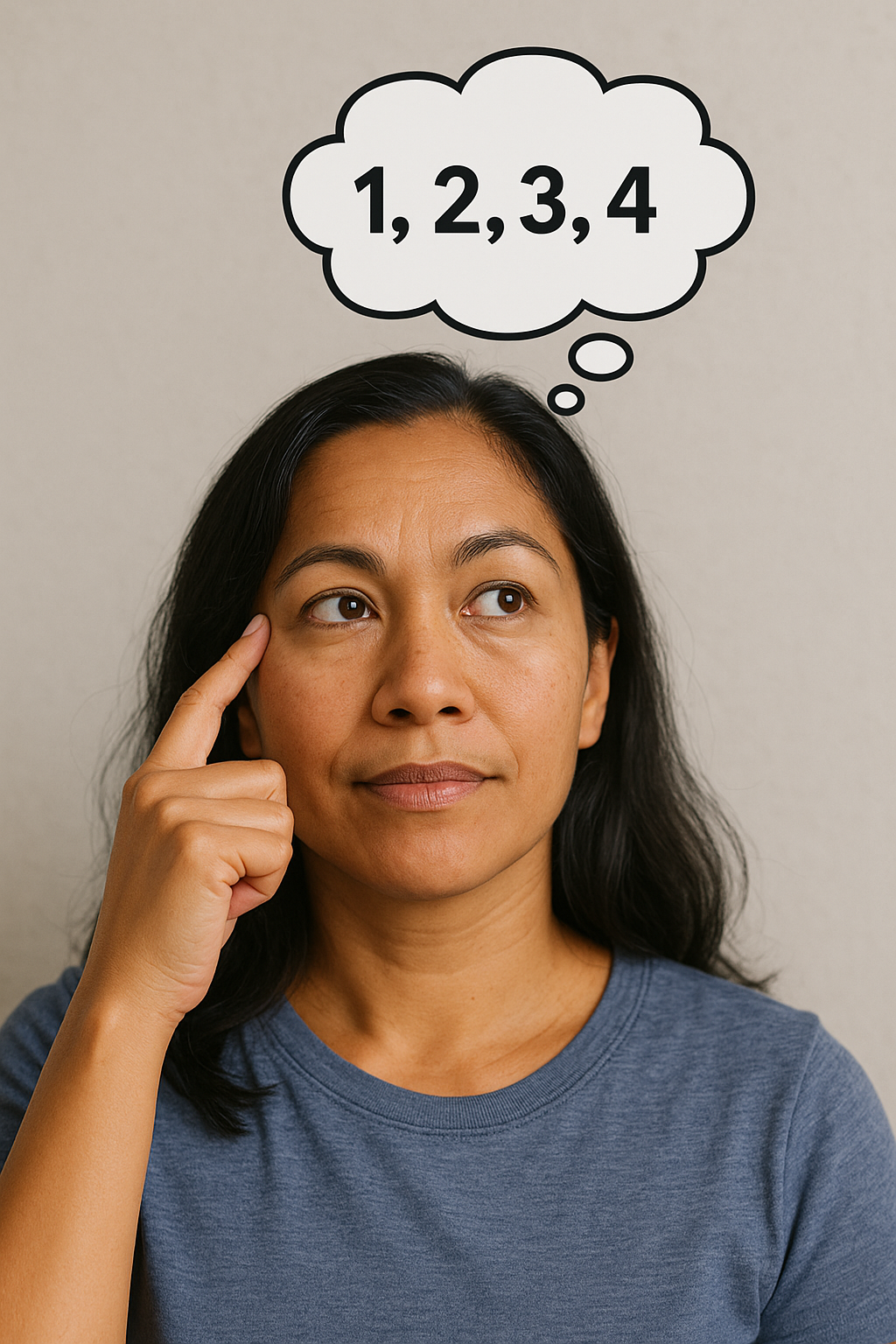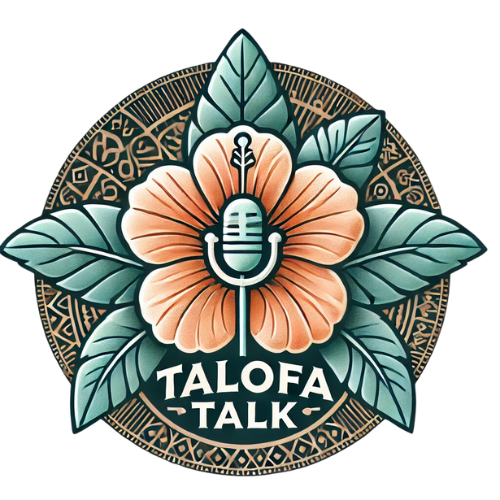Understanding Samoan Limiters: The Role of “le” in Making Nouns Singular and Specific
In the Samoan language, precision and clarity are often achieved through the use of limiters—words that refine or narrow down the meaning of a noun. One of the most essential and widely used limiters in Samoan is the article “le.” This small but powerful word carries significant grammatical weight, helping speakers distinguish between general ideas and specific references, and between singular and plural items. Understanding how and when to use “le” is key to forming accurate and natural-sounding Samoan sentences.
What Is a Limiter?
In English, we use articles like “a,” “an,” and “the” to show whether we’re talking about something in general or something specific. Samoan does something similar using articles known as limiters. These words sit in front of nouns and signal whether the noun is definite (known or specific) or indefinite (unknown or general). They also give clues about number—whether the noun is singular or plural.
The Limiter “le”
In Samoan, “le” is the definite singular article. It is used before a singular noun to indicate that the speaker is referring to a specific item or person. For example:
- O le tama – the boy
- O le fale – the house
- O le tusi – the book
Notice how in each of these examples, the use of “le” tells us that we are not just talking about any boy, house, or book—we’re talking about a specific one that is known to both the speaker and listener.
This is different from the indefinite singular article “se”, which is used when referring to any item or person, rather than a specific one. For example:
- O se tama – a boy (any boy)
- O se fale – a house (any house)
Using “le” in Sentences
Here are some examples of how “le” functions in full Samoan sentences:
- ‘O le teine lea. – This is the girl.
(Referring to a specific girl already known to the speaker and listener.) - Ua ou va‘aia i le ta‘avale. – I saw the car.
(The car being talked about is specific, not just any car.)
Notice that when used in equational sentences (those that express identity or description), the sentence often begins with ‘O noun present tense marker, followed by le and the noun. The structure helps clarify that you are making a statement about a particular person or thing.
Cultural and Linguistic Significance
Understanding articles like “le” is more than just a grammatical exercise—it’s part of understanding the mindset and worldview embedded in the Samoan language. Samoan is a language of context, and using limiters correctly allows speakers to navigate that context with care and clarity.
The article “le” does more than mark singular and specific nouns. It reflects the importance of specificity and relationships in Samoan communication. By mastering its use, learners can form clearer sentences and demonstrate respect for the language’s structure and cultural nuance.
In summary, “le” is not just “the” in English. It’s a core tool in the Samoan toolbox for showing exactly which person or thing you’re talking about—singular, specific, and significant.





